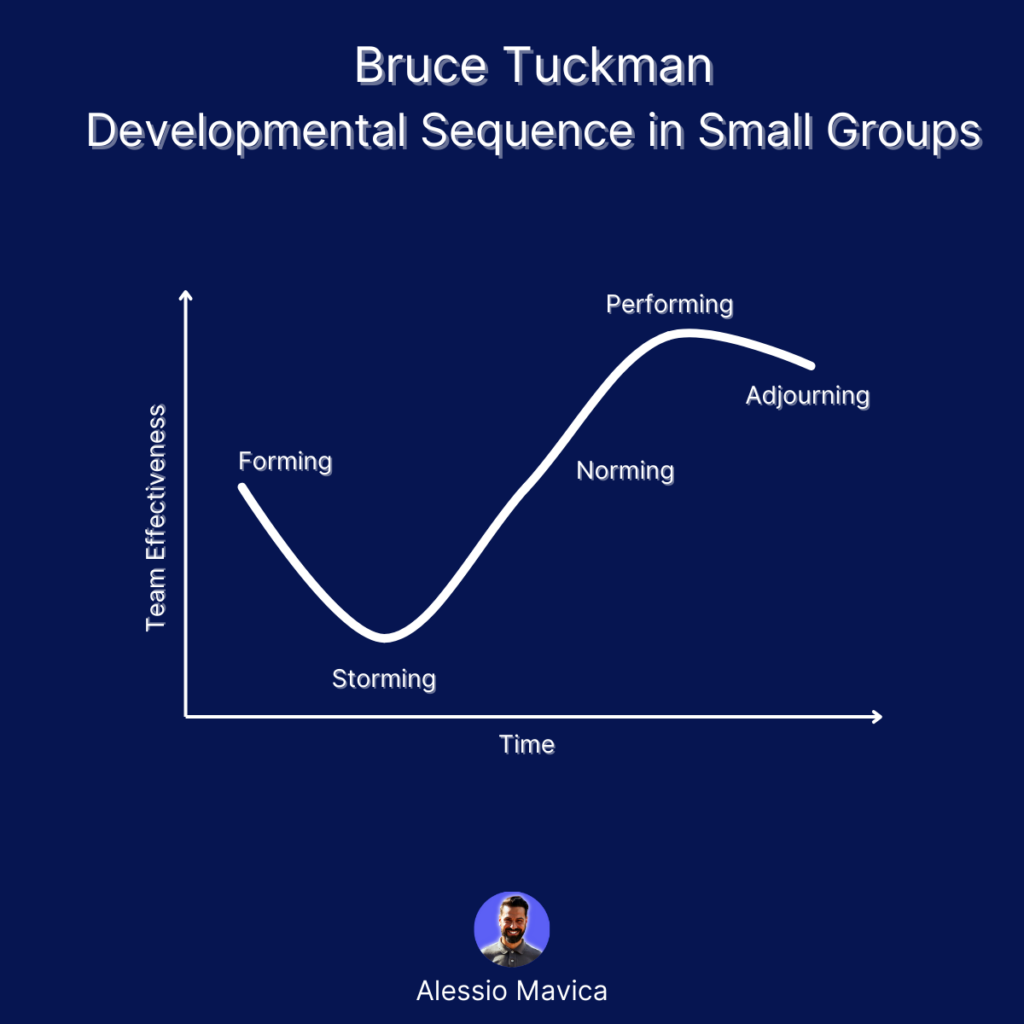Standardizing Operations in Software Agencies
Why Standardization Matters
Have you ever felt like your software development projects are spiraling out of control? You’re definitely not alone. In fact, many of us have been in a situation where inconsistent processes lead to miscommunication, missed deadlines, and ultimately, dissatisfied clients. As the saying goes, “a chain is only as strong as its weakest link,” and in our industry, that often means our operational procedures.

Imagine trying to build a complex software application without standardized processes—each team member follows their own method, uses different tools, and interprets client requirements differently. Chaos, right? That’s where the beauty of standardization comes in. When operations are standardized, you achieve a level of consistency that not only streamlines workflow but also boosts team morale. Everyone is on the same page, and you eliminate much of the guesswork that plagues projects.
One colleague shared a story of how their agency was struggling with project visibility. Teams were using multiple tools, leading to fragmented data and confusion. They decided to integrate project visibility software, which centralized data and made tracking easier. The result? A smoother process and happier clients! It’s cases like these that highlight the critical role of standardization.
But let’s be real, who enjoys the idea of more rules and procedures? You might think it’s restrictive, but in truth, standardization brings about predictability. It lays down a predictable structure that provides a safety net—kind of like a reliable GPS guiding you through unfamiliar territory.
Not to mention, implementing standardized processes allows for better scalability. As your agency grows, the need for consistency becomes paramount. Without it, you risk falling into chaos again. Standardizing your operations isn’t just about managing the present; it’s about paving the way for future growth. In our rapidly evolving industry, that’s a game-changer worth investing in.
Need more convincing? Check out our detailed breakdown on software project tracking solutions to see how these tools can make a tangible difference.
Steps to Standardize Operations
Centralized Project Management Tools
So, you’re eager to bring some order to the chaos. Where do you start? Let’s kick things off with centralized project management tools. Have you ever sat in a meeting where everyone’s on a different page—literally using different tools to track progress? That’s a recipe for disaster. A centralized tool consolidates all project-related information into one platform, offering real-time visibility and streamlined communication.
I recall a conversation with a project leader who was pulling his hair out over fragmented data. He switched to a comprehensive project management solution, and the transformation was night and day. Tasks were clearer, deadlines more manageable, and stakeholder updates a breeze. Centralized platforms like these not only smooth out day-to-day operations but are also instrumental when scaling up.
Defining and Documenting Processes
Next up: defining and documenting your processes. It might sound tedious, but trust me, it’s a lifesaver. Standard Operating Procedures (SOPs) are like the rule book for your agency. They ensure that everyone—from your senior developer to the intern—knows exactly what needs to be done and how. A well-documented process acts as a touchstone, especially when onboarding new team members.
Did you know that companies with documented processes perform 25% better on average? I came across this in a recent meeting on efficiency, and I couldn’t agree more. The key is to keep these documents living, breathing entities—update them as you evolve. The benefits of well-documented processes are astronomical; they reduce the learning curve for new hires, minimize errors, and improve overall quality.
Improving Client Communication
Ever heard of the phrase “keep clients in the loop”? This isn’t just corporate jargon. Effective communication with clients is a cornerstone of successful projects. Implement automated client reporting to ensure transparency and trust. Automated processes can provide regular updates without the manual drudgery, freeing up your project managers to focus on strategic tasks.
In fact, modern project management frameworks like Agile emphasize constant client collaboration to better align project outcomes with client expectations. For more information on Agile principles, you can check out this comprehensive overview of Agile software development on Wikipedia.
Overcoming Challenges in Standardizing Operations
Resistance to Change
Now, you might be thinking, “Standardizing sounds great, but what about pushback from the team?” Great question. Resistance to change is one of the most common hurdles you’ll face. It’s human nature to be wary of new processes, especially if the current ones, however flawed, are familiar. The key is to involve your team in the process from day one. Explain the why behind the changes, and demonstrate how it will make their lives easier, not harder.
I remember a particular project where the team was resistant to adopting a centralized tool. We set up a few workshops to showcase the benefits—real-time data, simplified reporting, and reduced errors. Gradually, the team saw the value, and what started as resistance turned into excitement. Transparency and open communication are your best friends when it comes to change management.
Maintaining Flexibility
But here’s the thing: standardization doesn’t mean you have to be rigid. Flexibility is crucial. We work in an industry where client demands and technology trends shift rapidly. While it’s essential to have a standard approach, it’s equally important to leave room for flexibility. Think of your SOPs as a sturdy yet flexible framework—a guide rather than a set of unbreakable rules.
For instance, consider agile methodologies; they provide a structured framework but are inherently flexible to adapt to changing priorities. Balancing standardization with adaptability ensures you’re not just efficient but also responsive.
Training and Development
Then there’s the challenge of training. Introducing new tools and processes often requires upskilling your team. You’re likely thinking, “We don’t have the time or budget for extra training.” But investing in training can pay dividends in the long run. Well-trained teams adapt faster and perform better. Offer hands-on training sessions and make use of e-learning platforms to get everyone up to speed without eating into project time.
Remember, providing continuous support and resources is necessary, especially in the early stages. Employees need to feel confident and competent with the new standards to fully embrace them. It’s not just about mandating change but facilitating it smoothly.
The Future of Standardized Software Operations
Enhancing Competitive Advantage
So, we’ve journeyed from chaotic project management to the promise land of standardized operations. Looking back, it’s clear that implementing these standardized processes isn’t just a fleeting trend; it’s a strategy that enhances long-term competitive advantage. Remember that story of the project leader who transformed his agency with centralized tools? That wasn’t an isolated incident. It’s a blueprint for success that many agencies can and should emulate.
Using Technology to Your Advantage
Tech advancements are continually giving us better tools to standardize operations. From project management software to automated reporting, the technology at our disposal is immense and constantly improving. Embrace these tools, and don’t shy away from integrating them into your daily operations.
And speaking of tools, if you haven’t yet looked into automation, I can’t stress enough how transformative it can be. Automated processes not only save time but significantly reduce errors—imagine reporting that practically writes itself! That’s not a distant dream; it’s a reality with today’s technology. If you’re curious to dive deeper, I encourage you to explore modern solutions and even consider a software like AgencyDots.
But here’s where it gets interesting—standardization doesn’t mean squashing creativity or becoming a robotic, uniform entity. It’s about creating a reliable framework that allows your team to experiment, innovate, and excel within a structured environment. It’s like having a solid foundation for a skyscraper; once it’s set, you can build as high as your ambitions allow.
So, reflect on your current processes. Do you see areas where standardization could turn the tide in your favor? Maybe it’s time to take that leap. After all, a well-oiled machine isn’t just efficient—it’s unstoppable. Start small, iterate, and watch as your operations transform, much like that colleague who revolutionized his agency. If they can do it, so can you. Think about it!
FAQs: Standardizing Operations in Software Agencies
1. What are the main benefits of standardizing operations in software agencies?
Standardizing operations in software agencies improves project visibility, streamlines workflows, reduces errors, and enhances team collaboration. It ensures that everyone follows the same procedures, making it easier to manage projects consistently and efficiently.
2. How can centralized project management tools help in standardizing operations?
Centralized project management tools consolidate all project-related information into one platform, offering real-time visibility and streamlined communication. For a deeper dive, check out our article on Boosting Agency Success with Project Visibility Software.
3. What challenges can I expect when standardizing operations, and how can I overcome them?
Common challenges include resistance to change, maintaining flexibility, and training and development. Engaging your team early, balancing standardization with adaptability, and investing in training can help overcome these obstacles.
4. How do Standard Operating Procedures (SOPs) improve software agency operations?
SOPs act as a guide for all team members, ensuring that tasks are performed consistently and efficiently. They minimize errors, improve quality, and reduce the learning curve for new hires, making the entire team more effective.
5. Is it possible to standardize operations without losing flexibility and creativity?
Absolutely. Standardization provides a reliable framework within which your team can innovate and experiment. It lays down a solid foundation, allowing you to build and adapt without sacrificing control or efficiency. For more insights, read our section on The Ultimate Guide to Software Project Tracking Solutions.
Try AgencyDots for free!
Control your entire project portfolio from one place.
Make your software development agency efficient.
No credit card required.

